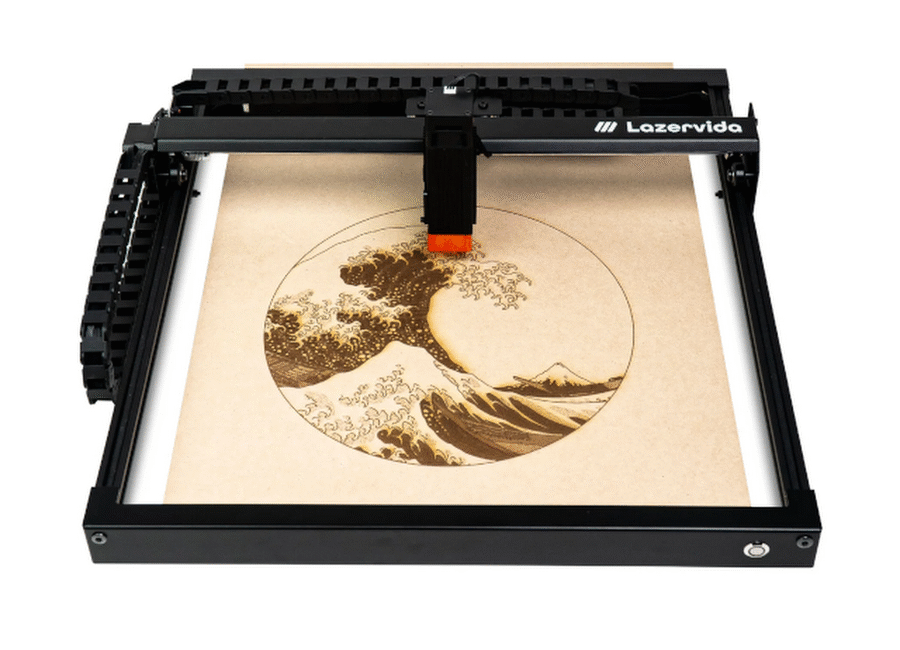
A laser pen, often called a laser pointer, is a compact handheld device that emits a concentrated beam of light, typically in red, green, or blue. Shaped like an ordinary pen, it is designed for convenience and portability, making it a widely used tool in education, business, research, and even entertainment. Though small in size, a laser pen is built using advanced optics and electronics that allow it to produce a highly visible and precise beam of light.
The basic working principle of a laser pen lies in laser diode technology. Inside the pen, a diode converts electrical energy into a concentrated light beam. Unlike ordinary light, which spreads out, a laser beam is coherent and directional—it travels in a straight line with minimal spread. This makes it ideal for pointing out specific spots or targets from a distance. Most standard laser pens emit red light, as it is cheaper to produce, but green laser pens are brighter to the human eye and are therefore more visible in larger or brighter environments.
One of the most common uses of a laser pen is in presentations and education. Teachers, trainers, and business professionals use them to highlight key points on a slide or board without physically approaching the screen. This keeps the focus on the presenter while helping the audience follow along clearly. Similarly, in large lecture halls or conferences, a green laser pen can effectively point out details on a big screen even under bright lighting conditions.
Laser pens are also widely used in astronomy. Amateur and professional astronomers use green laser pens to point out stars and constellations in the night sky. Because the beam is visible for long distances, it serves as a guide during stargazing sessions. Unlike flashlights, which can interfere with telescopes or ruin night vision, laser pens provide a clean and precise way to direct attention without distraction.
In engineering and construction, laser pens can help with alignment, calibration, or pointing out specific areas that require attention. Their precision makes them useful tools in situations where accuracy is critical. They also find applications in laboratories, research, and even photography, where controlled light beams are sometimes needed for experiments or creative effects.
However, laser pens must be used with caution and responsibility. High-powered versions, especially those emitting green or blue light, can cause eye injuries if directed at people. Pointing a laser pen at aircraft or vehicles is not only dangerous but also illegal in many countries, as it can distract or temporarily blind operators. For this reason, most countries regulate the sale and use of high-powered laser pens, limiting them to safe levels for general public use.
In conclusion, a laser pen is a versatile and handy device that combines simplicity with advanced laser technology. From classrooms to corporate offices, from stargazing fields to technical workspaces, it has proven to be an essential tool for communication, guidance, and precision. While highly useful, it should always be used safely and responsibly to prevent harm. With the right usage, a laser pen remains one of the most practical and effective laser-based tools available in everyday life.

